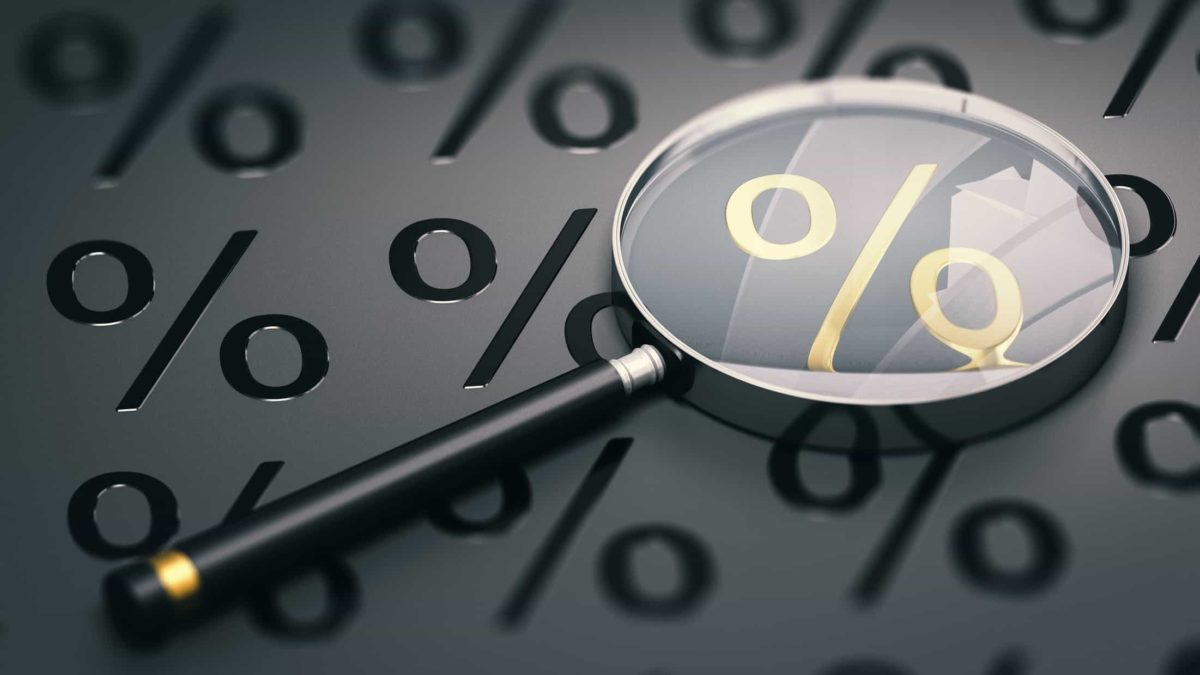When the Reserve Bank of Australia made its latest interest rate announcement on 24 September, the central bank opted to keep the official cash rate at 4.35%.
It's been held at that level now since the last rate hike in November 2023.
Rather amazingly, it was only 18 months earlier, in May 2022, that the official interest rate in Australia stood at a rock bottom, a record low of 0.10%. That came as the RBA followed on the heels of major central banks across the globe, slashing rates in hopes of stoking 'stubbornly absent' inflation.
As they say, be careful what you wish for! By December 2022, inflation had hit 7.8%.
After a series of 13 interest rate hikes that have slowly brought inflation back toward the RBA's 2% to 3% target range, mortgage holders and ASX investors alike are still waiting for the RBA to finally pivot to easing.
And with the central bank noting last month that, "it will be some time yet before inflation is sustainably in the target range", most economists now believe we'll be waiting until February or April 2025 for that first-rate relief.
Which is why I'm hoping the team at Commonwealth Bank of Australia (ASX: CBA) has this forecast right.
When is CBA forecasting the first interest rate cut?
CBA is at odds with the other S&P/ASX 200 Index (ASX: XJO) banks in that its team is the only one still forecasting the first RBA interest rate cut will arrive in 2024.
The RBA holds two more rate meetings this year, with announcements due on 5 November and 10 December.
CBA head of Australian economics, Gareth Aird, says Australia's June quarter CPI data, due out on 30 October, will confirm whether or not his analysis that the "disinflationary process has gathered momentum" proves out.
However, CBA's research indicates an ongoing pullback in inflation.
"All of the series we monitor indicate to us that the disinflationary process has gathered momentum over the September quarter," Aird said (quoted by The Australian).
"If inflation falls faster than anticipated, the labour market may not need to loosen much further as a lower than assumed unemployment rate might be consistent with the inflation target," he added in support of the case for lowering interest rates.
The RBA doesn't have a specific number on what full employment entails. Instead, the central bank aims to maintain the maximum employment level while keeping inflation within its target range.
"In many respects the lack of a numerical target around what constitutes full employment puts the spotlight firmly on the inflation target and by extension the inflation data," Aird said.
As The Australian reports, CBA is forecasting a 0.7% quarter on quarter increase in the trimmed mean CPI reading for the September quarter. That would see the six-month annualised pace of underlying inflation at 3%. And it could lead the RBA to its first interest rate cut since November 2020.
"The case to not start normalising the cash rate would weaken significantly with six-month annualised core inflation at about 3%, headline inflation within the target band and the unemployment rate on its gradual upward trend," Aird added.









